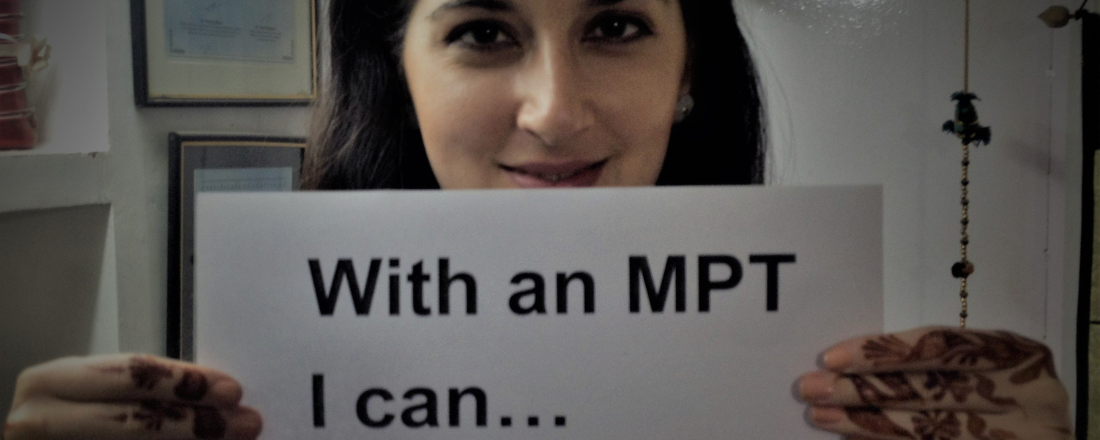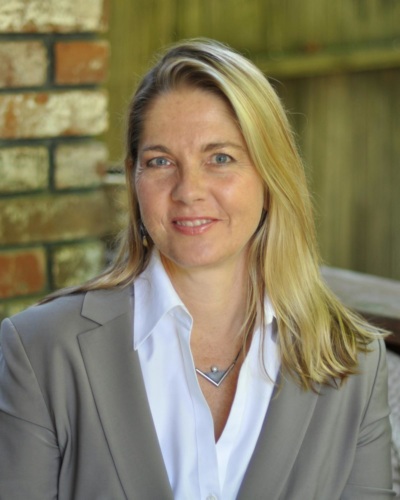
In the News
PHI’s Dr. Bethany Young Holt on the Challenges and Opportunities in MPT Development
- The Fuller Project
-
Focus Areas
Communicable Disease Prevention, Global Health, Health Care & Population Health -
Issues
Reproductive & Sexual Health -
Expertise
Coalition & Network Building, Outreach & Dissemination, Public Policy Advocacy, Public-Private Partnerships, Research – Quantitative, Research – Survey -
Programs
CAMI Health

“Nearly half of all people newly infected with HIV every year are women. In sub-Saharan Africa, more than three-quarters of all new cases among young people are in girls and women. Globally, close to half of all pregnancies are unintended. And sexually transmitted infections such as syphilis and gonorrhea are on the rise.
The only product on the market that protects against pregnancy, HIV and other sexually transmitted infections all at once is a condom. But men often refuse to use them. There’s a female condom, which is far more expensive, difficult to obtain and equally if not more unpopular. Clearly, women could benefit from having products they control that simultaneously protect them from getting pregnant and from sexually transmitted infections.
There’s no shortage of small initiatives to develop them under the clunky designation “multipurpose prevention technologies,” or MPTs. But women can’t get them yet.
“It’s a no-brainer, and there’s no funding,” says Bethany Young Holt, co-founder and director of the Initiative for MPTs (IMPT), a networking and advocacy group dedicated to developing such a product.
Holt has been working for two decades to help get an MPT into the hands of women, but regulatory hurdles, a lack of funding, and a distinct reluctance among pharmaceutical companies has led to little progress.
“We keep going back in circles. It’s frustrating,” says Holt.
So women and men who have little control over how, when and whether they have sex become infected with HIV, catch syphilis or gonorrhea or bacterial infections. “You either become pregnant or you get infected with a sexually transmitted infection, or both,” says Everlyne Ombati of the Kenya Medical Research Institute.
Women and girls need stealth protection, Ombati said.
“Negotiating for safe sex is not getting any easier,” she told a conference jointly sponsored by the IMPT and the National Institutes of Health in June. “If I had options that would not involve my partner’s participation, options that would not require any consent to use, I would use them.”
Researchers have been working on a batch of different ways to do this. They include vaginal rings that dispense drugs over time, vaginal and anal gels, combination pills that include both a contraceptive and a drug to prevent HIV, vaginal films and implants.
But all are stuck in the earlier stages of development, due both to a lack of funding and to regulatory red tape.

You get excited and there’s hope and there’s promise and then funding gets cut. It feels very slow. I have seen so many big pharmaceutical companies coming to the meetings and they have been interested in it. But there is hesitancy to put any money into MPTs. It’s not perceived as a high return on investment.Bethany Young Holt, PhD, MPH
Executive Director, CAMI Health, Public Health Institute
“You get excited and there’s hope and there’s promise and then funding gets cut. It feels very slow,” says Holt. “I have seen so many big pharmaceutical companies coming to the meetings and they have been interested in it. But there is hesitancy to put any money into MPTs. It’s not perceived as a high return on investment.”
NIH funds much of the early stages of drug development. It generally then licenses products that make it that far to commercial pharmaceutical or biotech companies to take them through advanced testing, regulatory approval and to market. Three NIH institutes – the National Institute of Allergy and Infectious Diseases (NIAID), the National Institute of Child Health and Human Development (NICHD) and the National Institute of Mental Health (NIMH) encourage MPT developers to apply for funding.
Nonprofits such as the Population Council also back early research. But, under the current system, large pharmaceutical companies are needed to spend the big money needed to push anything across the finish line.
The answer, according to advocates, might be a new regulatory pathway, or even a completely new approach. Some want better collaboration with the U.S. Food and Drug Administration. Some are looking to countries outside the United States with a pharmaceutical industry, such as India.”
To read the full article, click on the link below.
Originally published by The Fuller Project
More Updates
Work With Us
You change the world. We do the rest. Explore fiscal sponsorship at PHI.
Support Us
Together, we can accelerate our response to public health’s most critical issues.
Find Employment
Begin your career at the Public Health Institute.



